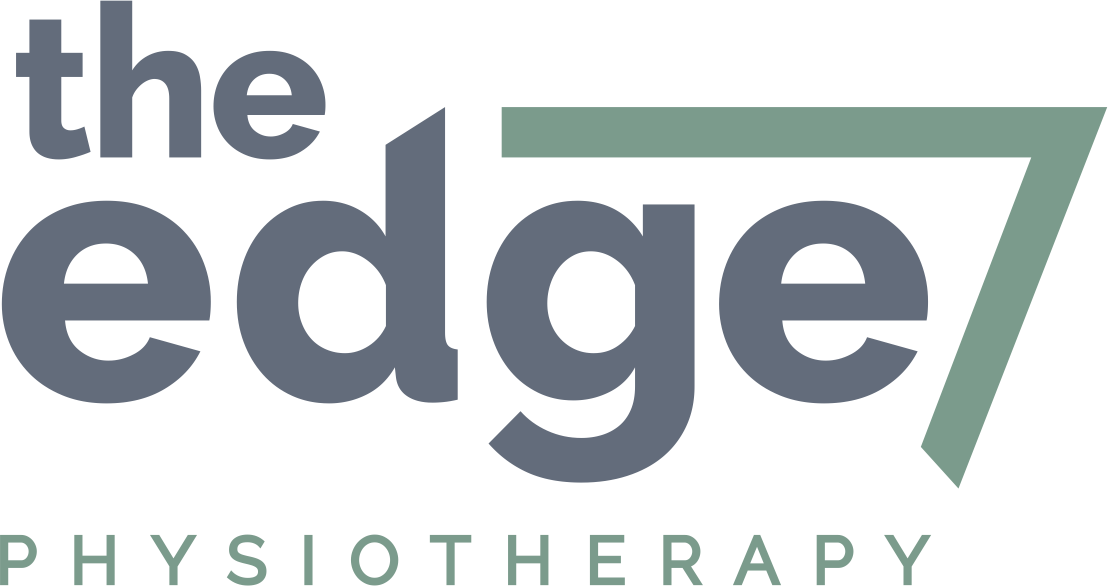Arabesque
A beautiful arabesque is on the bucket list of many dancers. It is one of those iconic images we have all seen, and it says something about where you are in your dance practice and skill level. While there are devices on the market that advertise to help improve an arabesque, you are best to achieve the functional strength and control without resorting to devices that are potentially hazardous to the back and hip.
So what elements make up the arabesque?
beautiful soft and extended fingers
turnout control of the weight bearing and lifted leg
elongated pointed foot
controlled foot en pointe or in shoes as above
straight, not hyperextended, knee
relaxed shoulders and long supported neck
controlled extension and rotation at the lumbar and thoracic spine
controlled pelvic tilt
lifted and supported leg into extension
So now you know what an arabesque looks like, now how do we achieve one? This is really subject to where you are struggling. Is it that you don’t have the ankle stability to be on one leg in such a compromising position? do you have low back pain that is further exacerbated by this excessive back range? are your gluts strong enough to support your leg? The list, as you can see, goes on and this is why you need a proper assessment by a dance physio to gauge where you are at with your arabesque. Perhaps you are just missing a few of these elements? I always like to do a general assessment of my dancers to see what their form is like, and some basics are turnout range and strength, pointe range, calf strength, and postural control. These are all things that contribute to a beautiful arabesque.
I use this exercise to start building pelvic control, knee extension, ankle stability and trunk/lumbar spine control which are all integral to a beautiful arabesque
Pictured here is full-time student Alice, from A&L in Bowral, working hard at our clinic


